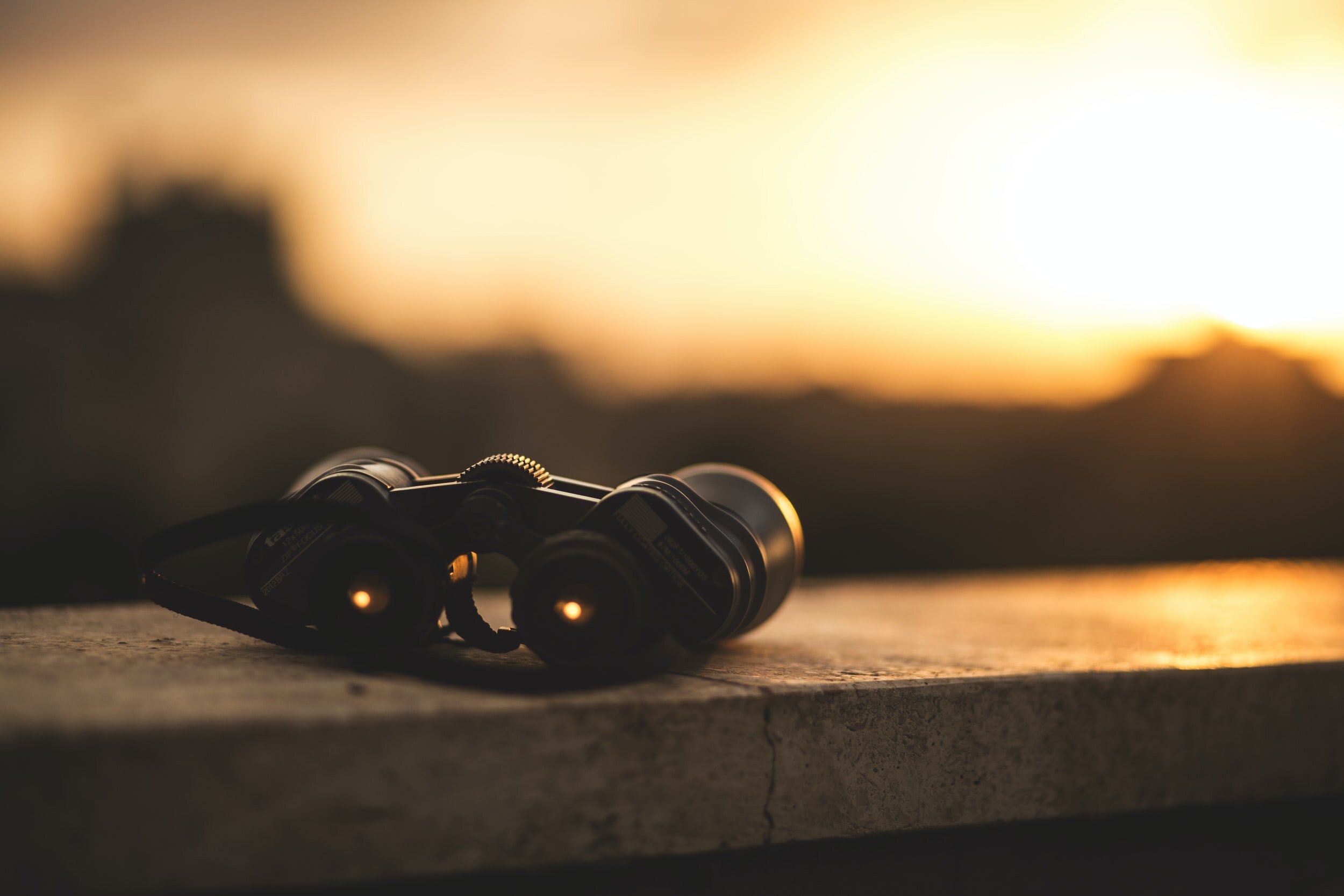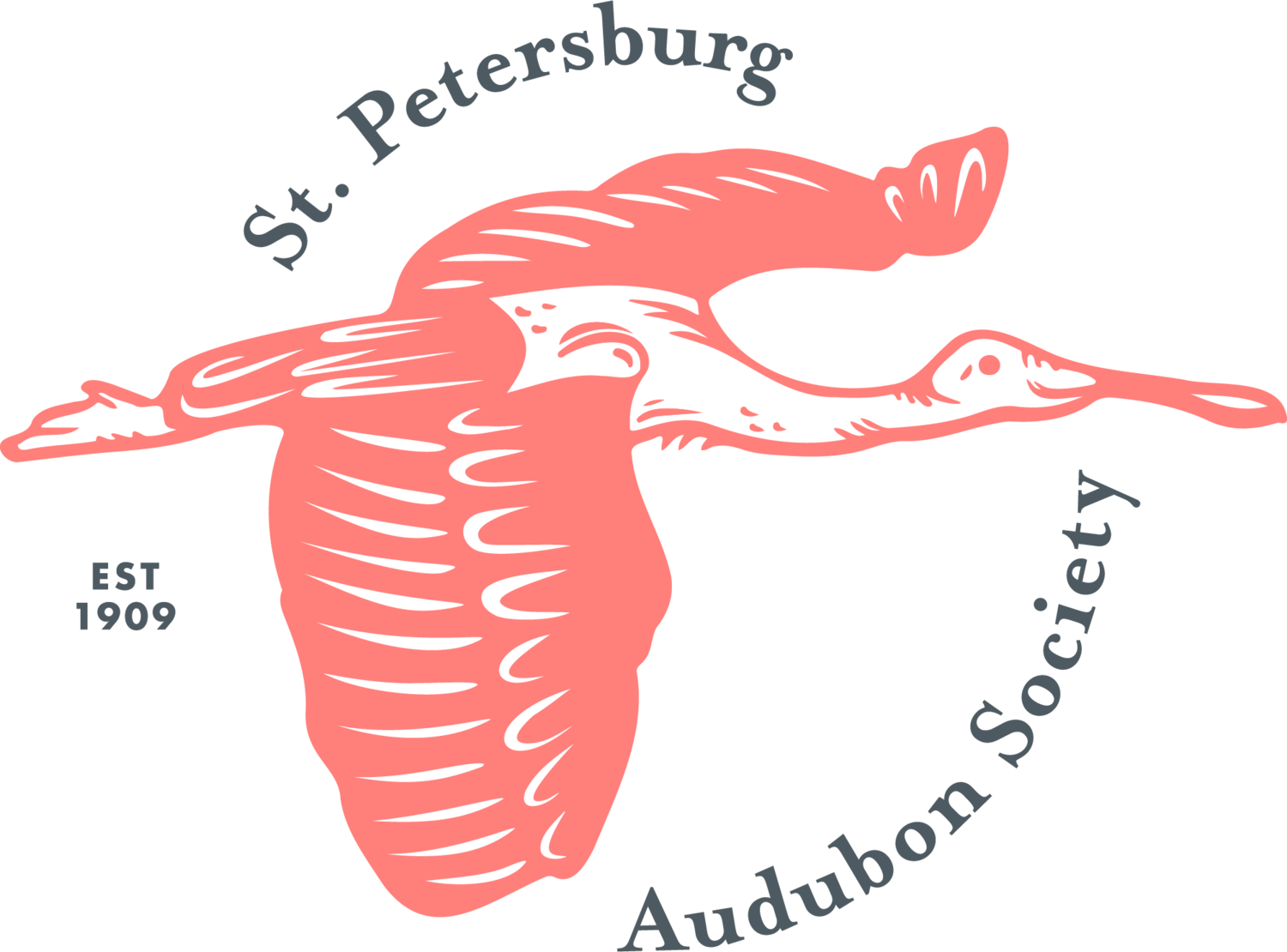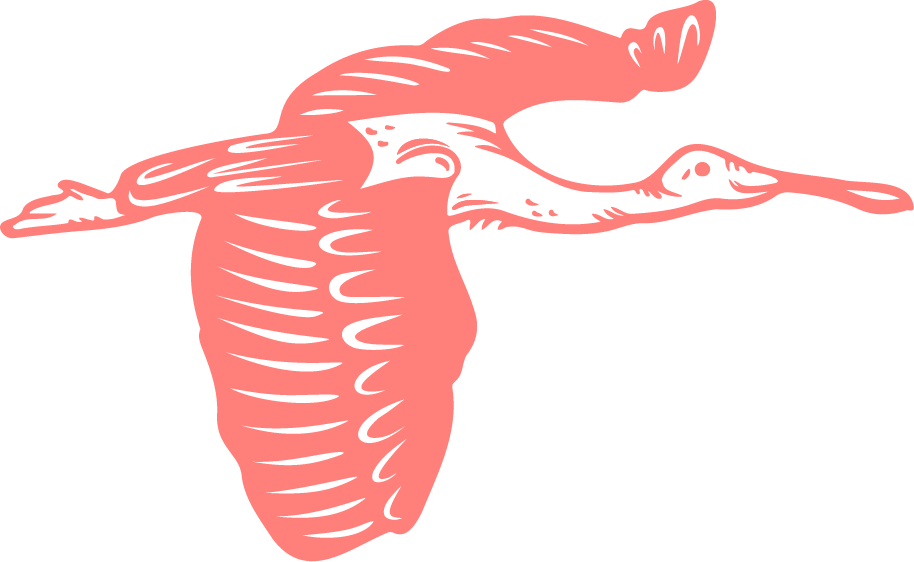
Birding Pinellas
Welcome to Birding Pinellas.
Pinellas birders are proud of their county, their county parks, and their birds. Ron Smith, Pinellas bird expert and author, invites you to explore one of the of the premier birding destinations in the southeastern United States. This interactive map highlights some of Pinellas' local treasures - parks and eBird hotspots where you can find both resident species and migratory fly-ins.
A closer look.
-
A.L. Anderson Park
This small, but woody park along the northeastern edge of Lake Tarpon is under-birded, but only because there are a couple of larger, more-celebrated parks nearby. The parking areas are shaded by live oaks overhead and, especially during the fall season, this is where the passerines can be found. This park is worth a stop for typical Pinellas resident birds and migrant warblers.
-
Boca Ciega Millennium Park
Several bird-producing habitats is the key feature of this 184-acre Pinellas county park. It is situated right along the intracoastal waterway and during low tide birders have opportunities to see many of the typical wading birds, gulls and terns. The wooded areas of the park features hardwoods, pines and even a couple of small ponds.
-
Boyd Hill Nature Preserve
This city-owned and award-winning park contains 245 acres of hammocks, mixed hardwoods, pinelands and scrub. It is situated along the southern edge of Lake Maggiore (pronounced Ma-gory) adding to its attraction for migrants on the move. Limpkins are found here year round, Least Bitterns in spring and summer and Nanday Parakeets are resident.
-
Booker Creek Preserve
Containing over 8,500 acres the Brooker Creek Preserve is Pinellas County’s largest tract of public land. Most of the property is open to the public and accessible via marked trails starting at the preserve’s Environmental Center (EC), located nearly a mile south of the entrance along Keystone Road. Over 220 species have made the preserve’s checklist.
-
Crescent Lake Park
Crescent Lake is a 22 acre lake which is 40 feet deep. It is part of the Tampa Bay Estuary, and empties into Coffeepot Bayou near 22nd Avenue North. It is one of the few lakes in the city of St. Petersburg where wetland areas have been permitted to establish and provide habitat for many species, including many wading birds.
-
Dunedin Causeway
This section of roadway is situated just before reaching the entrance to Honeymoon Island State Park. It is a good place to view wintering shorebirds, Black Skimmers, gulls and terns, and the occasional Reddish Egret. On the other hand, during the weekends there are lots of recreationalists and the birds tend to scatter. But it’s worth a stop if you’re heading to Honeymoon Island.
-
Dunedin Hammock City Park
This heavily wooded city-owned park has an impressive checklist of over 180 species, many of which are the always sought-after migrant warblers. Because of its close proximity to the Gulf and Honeymoon Island many spring and fall migrants land here, especially after major weather disturbances. It’s a great place to bird with many trails to investigate.
-
Eagle Lake Park
When locals think of Eagle Lake Park they think of Northern Flickers and Wood Ducks, two species that are not a given at other locations around Pinellas, but they are here. County rarities that have been recorded here include Canada Warbler, Cinnamon Teal, Trumpeter Swan, Lark Sparrow and Clay-colored Sparrow.
-
Fort De Soto Park
This is one of the best known birding locations in the state of Florida. Just over 335 species have been verified as having occurred at the park. The late Larry Hopkins, one of Pinellas’ premier birders, once quipped, “They all show up at Fort De Soto eventually.” Each year, it seems, something new gets added to the park’s checklist. The rarities list is impressive, not just for Pinellas, but for the state of Florida.
-
Fred Howard Park
Because of its great location along the Gulf, often hosts migrating songbirds. There is a causeway from the park out to a small parking lot and beach that hosts shorebirds, gulls and terns and makes for easy viewing from your car. Pinellas’ only record of a Tundra Swan was one found along the causeway in Jan-Feb 1977.re
-
Gandy Beach
Local birders know to visit the south side of Gandy Blvd at Gandy Beach to look for the uncommon Gull-billed Tern from April through August. By mid-summer great numbers of Least Terns and Black Terns congregate and a few species of shorebirds gather here, too. Pplan should be to get there very early or right after a heavy rain.
-
Honeymoon Island State Park
With over 300 verified recorded species Honeymoon Island is a top notch destination for visiting birders at any season. This site's rarity list is quite impressive. Unlike Fort De Soto Park where you can park your vehicle very close to the numerous birding sites, at this park you’ll have to get out and do some walking.
-
John R. Bonner Park
This small, city-owned nature park is run by the city of Largo. It is open sunrise to sunset. It’s a popular destination for local birders because its takes no time to check and also because of the migrant birds! It is such a top-notch site because of its location so close to the Gulf and along the intracoastal waterway.
-
John Chestnut Senior Park
Always a delightful park to bird, especially during fall migration when all the typical and expected species for our area seem to drop in. There are many boardwalks and trails throughout the park meandering through cypress and maple swamps sprinkled with majestic oaks. Large live oaks greet you as you enter the park from East Lake Road and overhang the mile’s worth of park road.
-
John S. Taylor Park
This beautiful, little park is under-birded, but still has produced just over 175 verified species. It certainly has produced good birds for those have visited it regularly. Site rarities have included Solitary Sandpiper, Least Flycatcher, Cliff Swallow, Red-breasted Nuthatch, Song Sparrow, Ruddy Duck and Canvasback. There are plenty of oaks all along the park’s main road to check for spring and fall migrants.
-
Kapok Park
This fairly new city-owned park has a paved trail and boardwalk, approx. a half mile in length. It circles the park and also drops down and over a pond. There is a good amount of vegetation around the pond which hold birds, especially in winter, as well as a grove of large oaks by the pond, and an oak hammock near the parking lot (migrants and wintering passerines).
-
Lake Seminole Park
The park is littered with live oaks tress, which in turn is just what the doctor ordered for migrant passerines in spring and fall. The shoreline is shallow, keeping boaters away, and the vegetation is great for species such as Common and Purple Gallinule, Least Bittern, wading species and a few puddle ducks and American Coots in winter. Limpkin are always present.
-
Pinellas Point Lookout
Keep in mind that the best time to visit this site is during low, or near low tide. This is when the oyster and barnacle beds are exposed and the wading birds and shorebirds present. There isn’t much to this site, with the park hosting only a few trees that occasionally harbor a passing migrant, but the lookout may yield a tremendous amount of shorebirds, especially from October through April.
-
Roosevelt Wetlands
If you want to “hear” the following species within the dense wetland vegetation it is the place to go; Least Bittern, Sora, Virginia Rail, Sedge Wren, Marsh Wren and Swamp Sparrow.
-
Sawgrass Lake Park
Sawgrass has a park checklist of over 210 species with many of those coming during the fall season when warbler migration is at its peak here. Sawgrass is the best location in west central Florida for consistently recording Cerulean Warbler. The numerous oak trees over the main park road and parking lot is as good a place as any to start your search.
-
Tierra Verde - Duck Ponds
Most birders stop at the two ponds on the island of Tierra Verde on their way out to Fort De Soto Park. Ducks, magnificent frigatebirds, and least bittern are just a few species you may see at these two ponds!
-
Weedon Island Preserve
Back in the day, this preserve with its impressive, mature, mangrove forest was a great place to see Mangrove Cuckoo and Black-whiskered Vireo, two south Florida species that reached their northern limit here. The preserve is the best place in southern Pinellas for finding Eastern Towhee.


